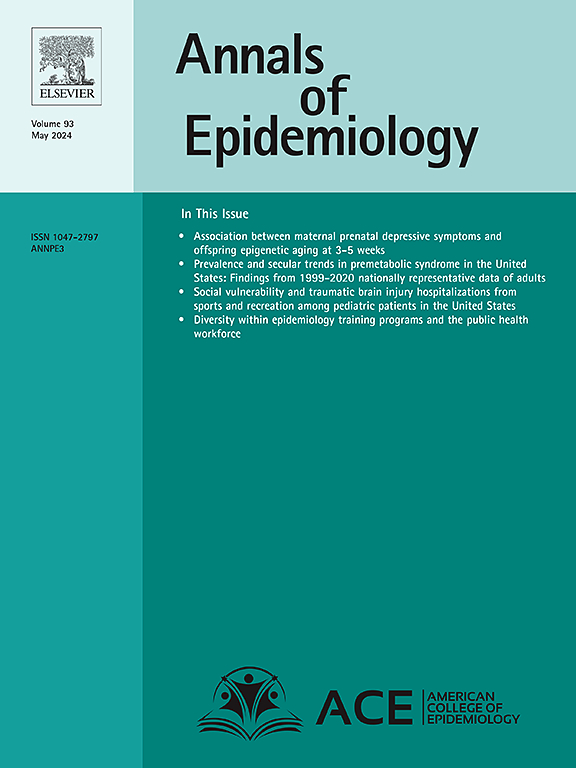Considerations for Social Networks and Health Data Sharing: An Overview
IF 3.3
3区 医学
Q1 PUBLIC, ENVIRONMENTAL & OCCUPATIONAL HEALTH
引用次数: 0
Abstract
The use of network analysis as a tool has increased exponentially as more clinical researchers see the benefits of network data for modeling of infectious disease transmission or translational activities in a variety of areas, including patient-caregiving teams, provider networks, patient-support networks, and adoption of health behaviors or treatments, to name a few. Yet, relational data such as network data carry a higher risk of deductive disclosure. Cases of reidentification have occurred and this is expected to become more common as computational ability increases. Recent data sharing policies aim to promote reproducibility, support replicability, and protect federal investment in the effort to collect these research data by making them available for secondary analyses. However, typical practices to protect individual-level clinical research data may not be sufficiently protective of participant privacy in the case of network data, nor in some cases do they permit secondary data analysis. When sharing data, researchers must balance security, accessibility, reproducibility, and adaptability (suitability for secondary analyses). Here, we provide background about applying network analysis to health and clinical research, describe the pros and cons of applying typical practices for sharing clinical data to network data, and provide recommendations for sharing network data.
社交网络和健康数据共享的考虑:概述。
网络分析作为一种工具的使用呈指数增长,因为越来越多的临床研究人员看到了网络数据在各种领域(包括患者护理团队、提供者网络、患者支持网络和健康行为或治疗的采用)中对传染病传播建模或转化活动的好处。然而,网络数据等关系数据具有较高的演绎披露风险。重新识别的情况已经发生,随着计算能力的提高,这种情况预计会变得更加普遍。最近的数据共享政策旨在促进再现性,支持可复制性,并通过使这些研究数据可用于二次分析来保护联邦在收集这些研究数据方面的投资。然而,在网络数据的情况下,保护个人层面临床研究数据的典型做法可能不足以保护参与者的隐私,在某些情况下也不允许二次数据分析。当共享数据时,研究人员必须平衡安全性、可访问性、可重复性和适应性(二次分析的适用性)。本文介绍了将网络分析应用于健康和临床研究的背景,描述了将临床数据共享应用于网络数据的典型实践的利弊,并提出了共享网络数据的建议。
本文章由计算机程序翻译,如有差异,请以英文原文为准。
求助全文
约1分钟内获得全文
求助全文
来源期刊

Annals of Epidemiology
医学-公共卫生、环境卫生与职业卫生
CiteScore
7.40
自引率
1.80%
发文量
207
审稿时长
59 days
期刊介绍:
The journal emphasizes the application of epidemiologic methods to issues that affect the distribution and determinants of human illness in diverse contexts. Its primary focus is on chronic and acute conditions of diverse etiologies and of major importance to clinical medicine, public health, and health care delivery.
 求助内容:
求助内容: 应助结果提醒方式:
应助结果提醒方式:


